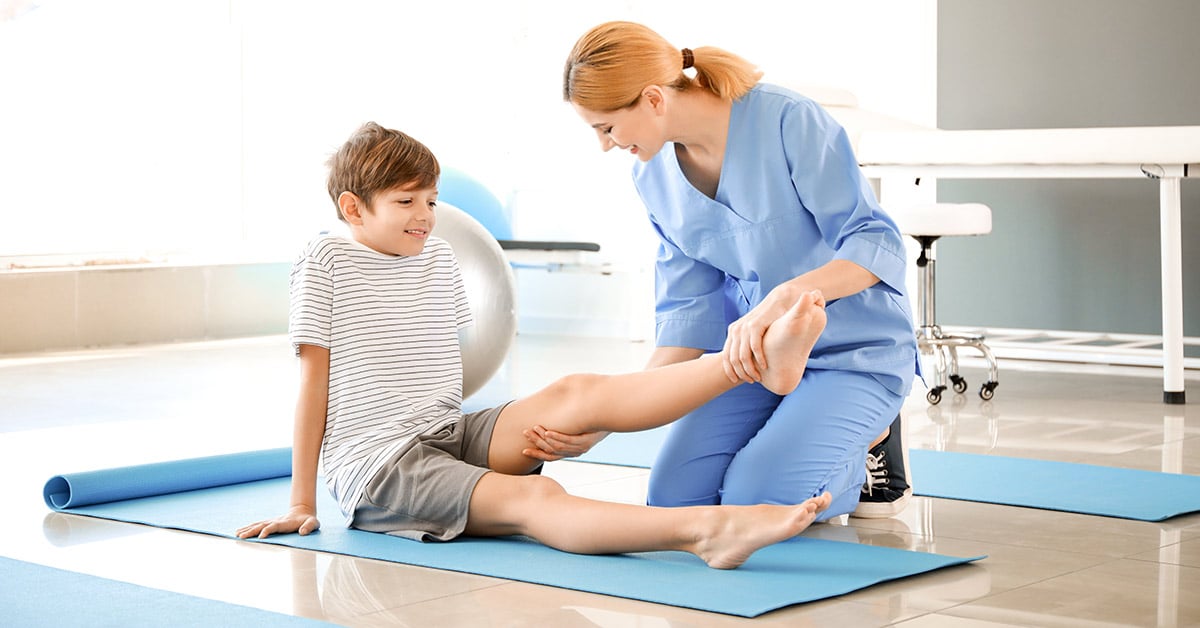
Sudden traumas in athletics can occur unexpectedly and frequently lead to serious issues for players. These traumas can vary from twists and tears to breaks and head injuries. To assist prevent these injuries, it is essential to implement targeted protective strategies. These strategies focus on education, proper preparation, gear use, and overall well-being maintenance. By addressing these important areas, players can considerably lower their risk of experiencing acute traumas while engaging in their beloved sports.
One effective method to minimizing the likelihood of injuries is through education. Athletes, trainers, and guardians should be educated about the typical types of traumas associated with particular sports. Comprehending the mechanics of these traumas allows everyone to identify the indicators and signals early. Informative workshops or seminars can help teach athletes about proper techniques and the significance of preparing up before games or training sessions. This understanding empowers players to take charge for their safety and encourages them to express any worries about possible traumas.
Another crucial protective strategy is adequate training. Athletes should participate in a comprehensive training program that focuses on building strength, flexibility, and endurance. Strength conditioning helps build the muscle groups that support joints, reducing the likelihood of traumas. Flexibility routines, such as stretching, can improve the range of motion and decrease the chance of muscle strains. Additionally, players should integrate sport-specific drills that mimic game situations, which can assist them become more familiar with the movements involved in their chosen sport. Coaches play a vital role in designing and implementing these training programs to ensure they are safe and efficient.
The use of suitable gear is also essential in reducing acute injuries in athletics. Players should always wear the right equipment for their specific sport, including helmets, pads, and suitable footwear. For instance, gridiron players need helmets to protect against head traumas, while football players require shin guards to shield their legs from collision. It is essential that gear fits correctly and is maintained regularly to guarantee it provides the necessary protection. Trainers and parents should encourage players to take the time to choose and use the appropriate equipment to reduce their chances of injury.
In addition to awareness, training, and gear, upholding overall health is crucial for trauma avoidance. Players should emphasize proper nutrition, hydration, and rest to keep their bodies in top shape. A nutritious diet rich in vitamins and minerals helps facilitate muscle recovery and overall athletic performance. Maintaining hydrated is also crucial, as dehydration can result to exhaustion and increase the likelihood of injuries. Lastly, achieving enough rest is vital for look at this now recovery and upholding focus during practices and games. By promoting good well-being habits, players can enhance their effectiveness and reduce their risk of suffering from acute injuries.
In summary, minimizing the likelihood of acute injuries in athletics requires a comprehensive method that includes awareness, adequate preparation, suitable gear, and overall health maintenance. By focusing on these targeted preventive strategies, athletes can better safeguard themselves from the risks of traumas. Trainers, guardians, and players all have vital roles to fulfill in creating a secure athletics environment. By cooperating together and emphasizing safety, the enjoyment of athletics can persist without the interruption of painful injuries.